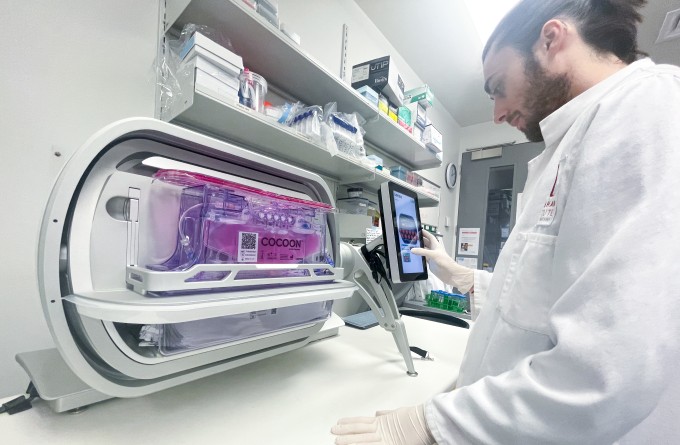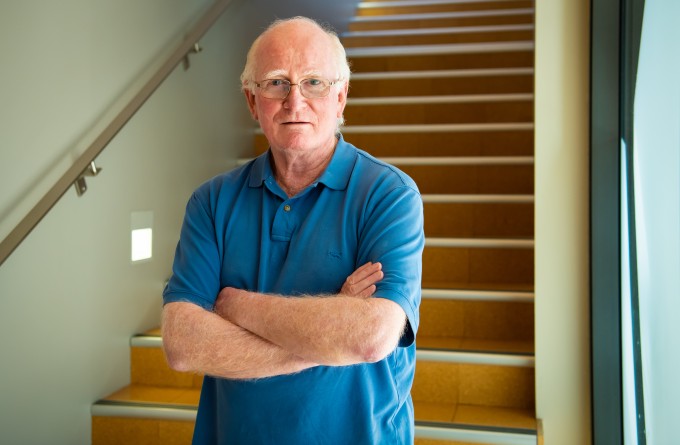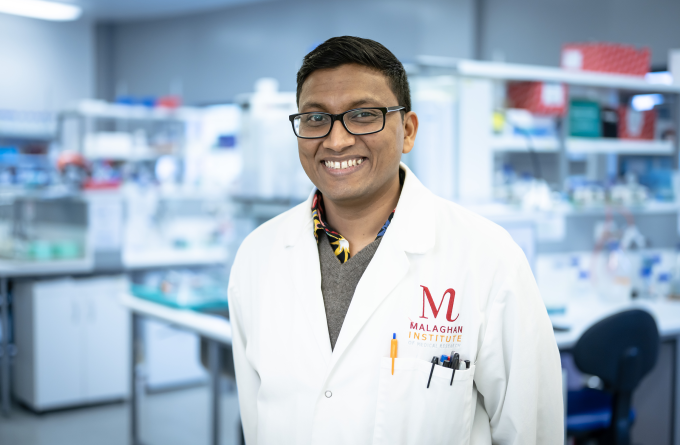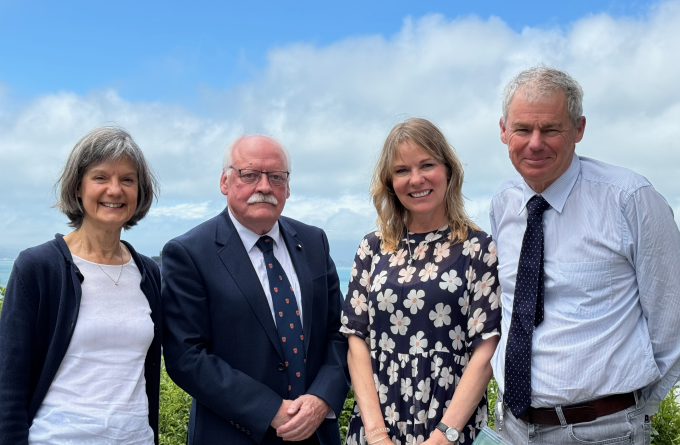20 June 2019
A new way to sensitise difficult-to-treat and aggressive cancers such as the brain cancer glioblastoma to radiation therapy has been unveiled thanks to a collaboration between the Louisiana State University and the Malaghan Institute of Medical Research.

Professor Mike Berridge
Recently published in the journal Redox Biology, the research team found that prior treatment of glioblastoma tumour cells with sodium sulfide (Na2S), a generator of hydrogen sulphide, increases their sensitivity to radiotherapy, boosting radiation-induced killing of the cells.
Professor Mike Berridge, head of the cancer cell biology team at the Malaghan Institute, says that this work offers an exciting opportunity to improve treatment for this aggressive and treatment-resistant brain cancer.
“Glioblastoma is highly resistive to conventional therapies, which makes it such a deadly disease.” says Prof Berridge. “However, this research found that H2S was a very strong sensitizer and improved the kill on glioblastoma cells.”
While the bulk of this research was carried out at Louisiana State by a PhD student under Professor Lynn Harrison, Prof Berridge and his team provided cancer cell lines that were vital in proof of concept for this cutting-edge research.
“H2S acts a bit like carbon monoxide,” explains Prof Berridge. “It binds to respiratory proteins inside cells and affects their behaviour, which in turn sensitises them to treatment. To prove this discovery was indeed targeting respiration, and not some other phenomena, it was necessary to test it against cells which have no mitochondrial DNA and so were unable to respire.
Prof Berridge says the Malaghan Institute has developed extensive expertise in mitochondrial DNA depletion, and provided the Louisiana State team with cell lines which were unable to make mitochondria. “What they found, as expected, was that our cells are not sensitises to radiation by H2S, and so played a critical role as a control in these experiments.”
Radiation therapy is an effective and reliable treatment, making it a standard of care for many different kinds of cancers. The therapy involves using ionizing radiation at a high enough dosage to damage and kill cancer cells. Unfortunately, glioblastomas are known to be highly resistant to this type of treatment, so the findings from this research offer an exciting opportunity to increase radiation therapy’s effectiveness and help improve patient outcomes.
“We’re beginning to unpick radiation resistance and find ways of improving sensitisation,” says Prof Berridge. “The important thing here, is that this killing effect was only in response to radiation. In glioblastoma, you're treating the tumour in the brain, so sensitization is localised to the brain, not the whole body, which minimises toxicity of this treatment.
“Moving forward, we hope to develop further therapies that target the mitochondria within cancers and compromise their ability to respire. Our collaborators in Prague are involved in clinical trials at the moment that are targeting mitochondrial respiration – it’s all part of a bigger global picture of directing cancer therapies towards one of their main vulnerabilities.”
Related articles

Malaghan CAR T-cell cancer therapy trial expands to Christchurch and Auckland
23 June 2025

Horizontal mitochondria transfer: 10 years on from a groundbreaking discovery
7 May 2025

Kjesten Wiig: bringing life-changing treatments to life
27 February 2025

Cancer Research Trust grant to improve CAR T-cell therapy
12 February 2025

World-renowned cancer pathologist joins the Malaghan Institute as Distinguished Research Fellow
19 December 2024

New Zealand to New York and back again: Malaghan researcher tackling liver cancer
18 November 2024
